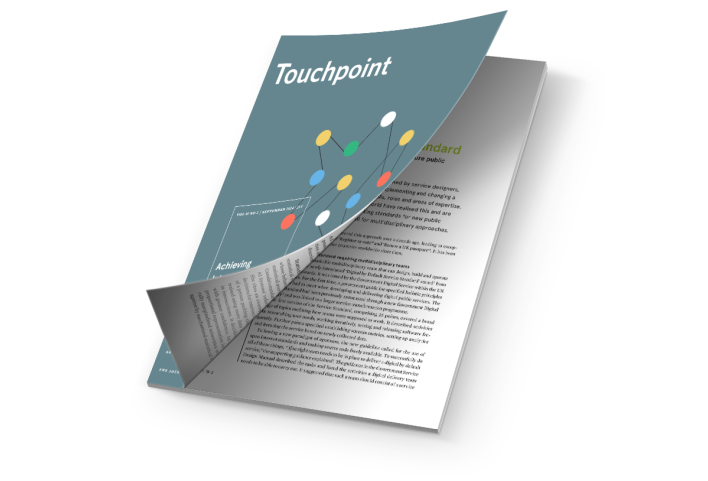
20 Touchpoint articles in this issue
Touchpoint overview

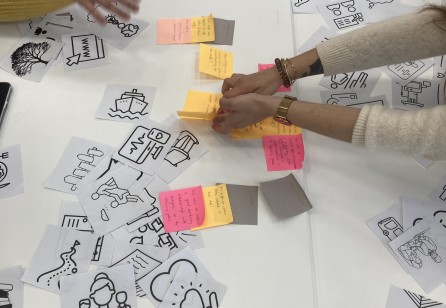
Service Designing Together for Better International Employee Experiences
The World Health Organization (WHO) estimates that the world needs 4.5 million new nurses by 2030.1 Nurses are a critical touchpoint of health and social care services. Without them, the services could not exist as we know them. The nurse shortage is a vicious service design problem.
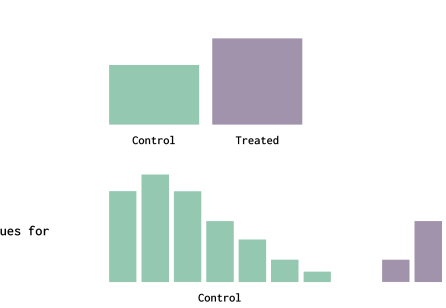
Measuring Services and Inferring Causes
Today, designers are bringing both data and data practitioners into the design process in increasingly diverse ways. These sorts of collaborations were once orchestrated by overarching product teams without input from a design team, but now, design teams have become active collaborators. ‘Data thinking’ and quantitative reasoning can be applied in the design process itself, rather than simply to the products of the design process. This often involves partnering with analytics or data science teams throughout the design process, instead of at the end of the process when seeking to evaluate output.
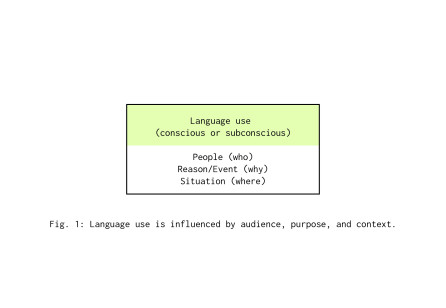
The Importance of a Shared Vocabulary
A shared vocabulary creates mutual understanding and is paramount to designing meaningful outcomes. This article explores how co-curating a shared vocabulary can support and nurture understanding during interdisciplinary collaborations. The insights are drawn from service design research on soundscapes thinking in city-making and experience from the medical device industry.
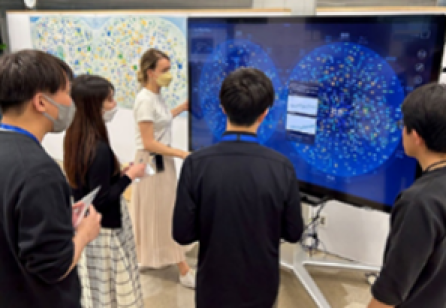
The Importance of Individual Will in Establishing Future Vision
Organisations' future visions should consider the needs of both internal and external stakeholders. However, the individual wills of the organisation's employees - each being members of related projects involved in realising these visions - are often not considered. This article introduces a process for incorporating the individual wills of project members into the future vision through workshops, and discusses three main challenges as well as their solutions.
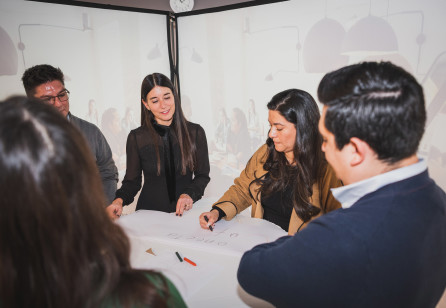
The Hidden Challenges of Interdisciplinarity in Service Design
Interdisciplinary service design combines methods and tools from various disciplines. However, when designing a new public service, the integration of these interdisciplinary visions can create tension between the pragmatic perspectives of a feasible design and the critical perspectives on the desired outcomes, carried out with stakeholder consensus and validation.
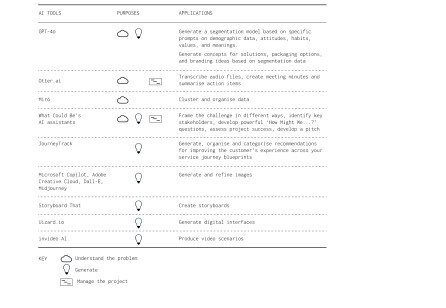
Generative AI and the Future of Service Design
AI is dramatically increasing service designers’ capacity to deliver value. A McKinsey report (June 2023) values the potential productivity improvement of AI in customer operations at over US$400 billion annually, and the potential for marketing productivity improvement at over US$450 billion annually, thanks to efficient content creation, enhanced use of data and individual personalisation. To learn how AI is transforming service design, we conducted secondary research and interviews with a 40-year veteran of the tech industry, the head of design quality and collaboration for a global healthcare brand and the head of operating system customer experience for a leading luxury car brand.
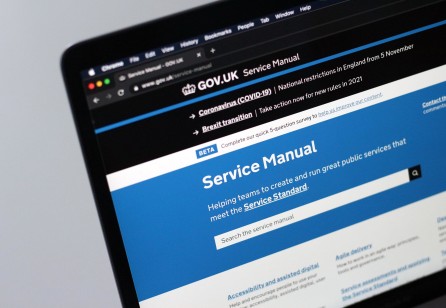
Multidisciplinarity as per Service Standard
Public services are not transformed by service designers, at least not alone. Designing, implementing and changing a service requires numerous skills, roles and areas of expertise. Governments around the world have realised this and are implementing quality working standards for new public services, all of which call for multidisciplinary approaches. The United Kingdom pioneered this approach over a decade ago, leading to exceptional public services like ‘Register to vote’1 and ‘Renew a UK passport’2. It has been replicated in several other countries worldwide since then.
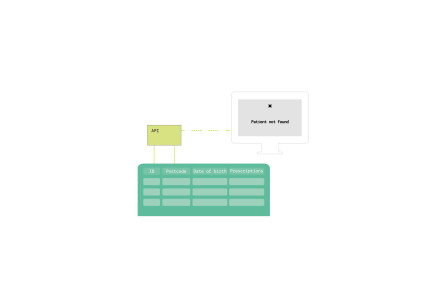
Lost in Translation
Technology and data are at the heart of services. By integrating each others’ methodologies, technology and service design can collaborate more effectively, ensuring they both keep up with the rapid pace of change in the technological landscape.
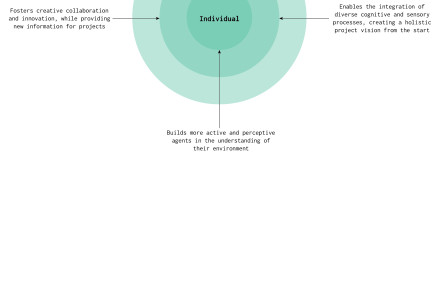
Know Your Tools: Neuroscience and Service Design
The early stages of service design projects are defined by empathy, awareness and a deep analysis of the context in which designers engage. Therefore, understanding our cognitive capacities (‘neuro-related tools’) enhances the ability to detect environmental cues, enriching the service design process, especially within innovative and creative explorations, to envision desirable futures.
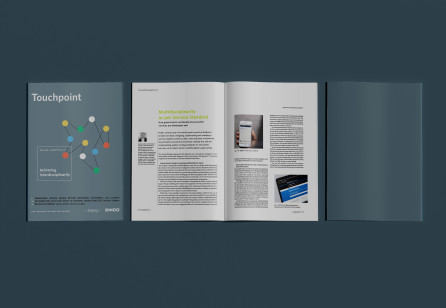
Navigating the Spectrum of Multi-, Inter-, and Transdisciplinarity in Service Design
Both in academia and in professional practice, multidisciplinarity, interdisciplinarity and transdisciplinarity offer unique pathways to innovation and holistic understanding. But what sets them apart? And why should we care? Imagine diverse experts tackling the redesign of a digital service, improving the experience of citizens or solving a complex service challenge. Each scenario requires different levels of collaboration, reflecting these three approaches. The shift from pooling knowledge to fully integrating and transcending boundaries can transform problem-solving.
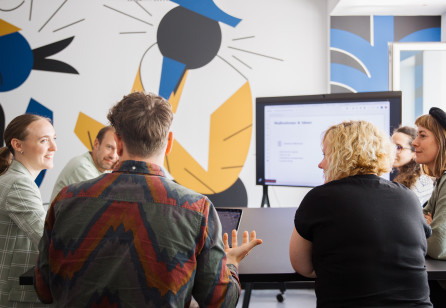
First Love - Challenges and learnings during interdisciplinary collaboration
In this article, we share our experiences working in an interdisciplinary team to design and implement an innovative employee onboarding journey. This project was the first-of-its-kind for an internal Talent Management team and demonstrated to all parties involved the benefits of creative collaboration and the involvement of diverse expertise when designing experiences.
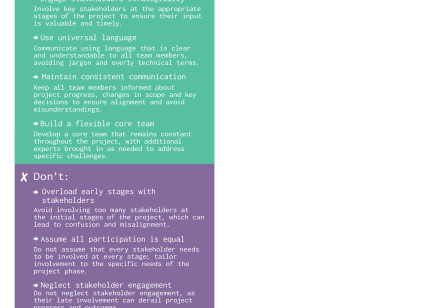
Building a Versatile and Efficient Service Design Team
At its core, service design is about addressing ambiguity to drive transformational changes. As service designers, working with ambiguity is one of the first things we learn to deal with, and it’s what we excel at. It might even be what drew us to the service design field in the first place.
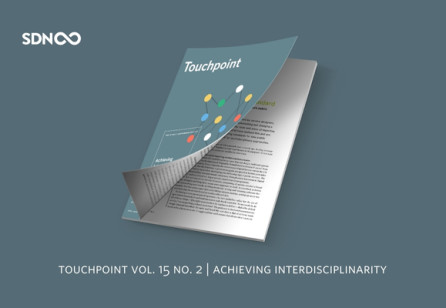
Communication Strategies for Interdisciplinary Collaboration
For consulting agencies, service design projects often face tight timelines, requiring rapid adaptation to clients' complex industries. Effective collaboration is crucial, especially in supply chain planning and healthcare logistics. How can strategic communication and interdisciplinary collaboration help leverage client expertise and achieve meaningful outcomes?
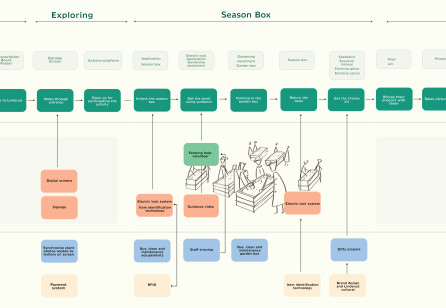
Co-producing Sustainable Supply Chain Transitions
This article aims to explore the underutilised potential of systemic service design methods in providing the necessary overview and facilitating green transitions in sustainable supply chains by being a facilitator of the interdisciplinary process. We will introduce a ‘Mess/Gigamap’ template with an influence from Geels´ (2005)1 ‘Multi-Level Perspective’ model. In addition, we will show how ‘Mess/Gigamaps’ are tools that can aid conversations between stakeholders to visually understand the complexities that they are facing. The aim of this template is to enable the creation of systemic maps as boundary objects to facilitate discussions between multiple stakeholders.
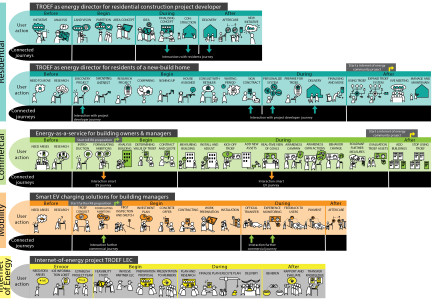
Interactive Customer Journey Maps for Complex Services
Customer journey maps often assume linear and uniform customer experiences, limiting their effectiveness for complex services. In this article, an interactive customer journey mapping approach is proposed and evaluated in the context of a smart energy sharing platform project.
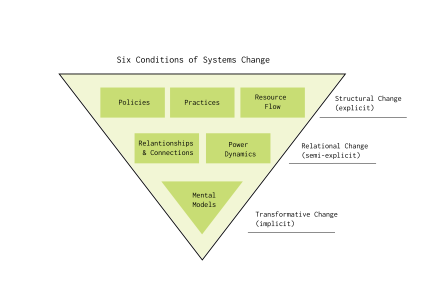
Leveraging Service Design for Higher Education Transformation
How do we help today’s college students make the most of their time, energy and money invested? This question is at the heart of ongoing discussions among educators, policymakers and stakeholders. Many solutions lie in new programmes, policies and structures, particularly to support minoritised populations. But are they really working?
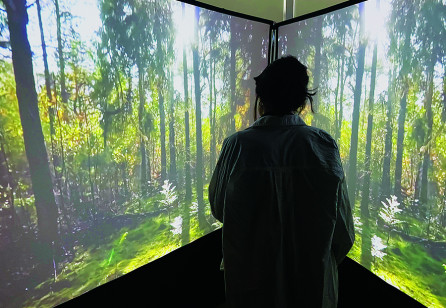
Are We, As Service Designers, Truly Empathetic?
Service experiences feature a high degree of empathy. As service designers, we know the term’s meaning and recognise its value, but it can be difficult to specify whether it is truly present or simply an aspiration. Many tools are available for facilitating services, but how much do they really allow us to empathise with others?

Ndonye Njoroge - Meet a champion of service design in Africa
In this interview, Touchpoint Editor-at-Large Prof Birgit Mager talks with Ndonye Njoroge, who is based in Nairobi, Kenya. He helps lead Marathon XP, where 35-40 people are engaged on a variety of projects from brand design, to building digital application and spatial design, and from where he hopes to draw wider attention to service design.
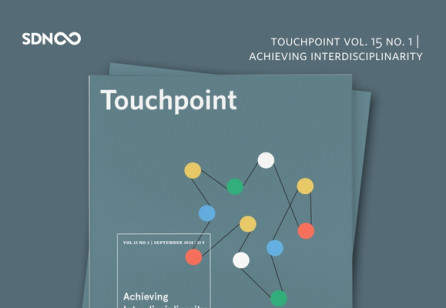
Editors Letter
To me, there are two aspects of a typical service design workshop that truly exemplify what makes our practice both unique and valuable.
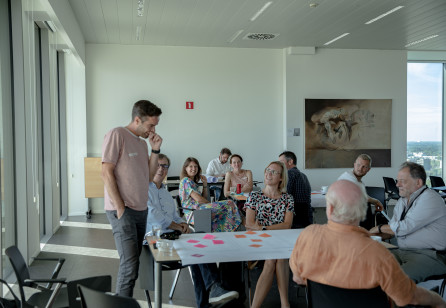
Cities Join Forces
Achieving inclusive services requires systemic awareness and interdisciplinary collaboration. The Belgian 'City Deal E-inclusion by Design' initiative unites cities to create inclusive digital services by involving end-users in research, design and development. Service designers guide local authorities in adopting effective methods and mindsets, fostering a network for mutual learning and impact.


